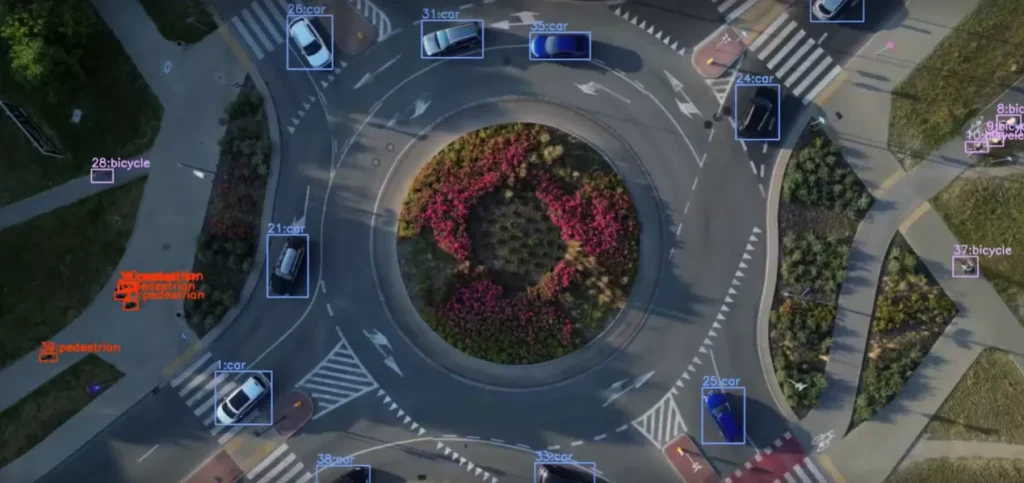
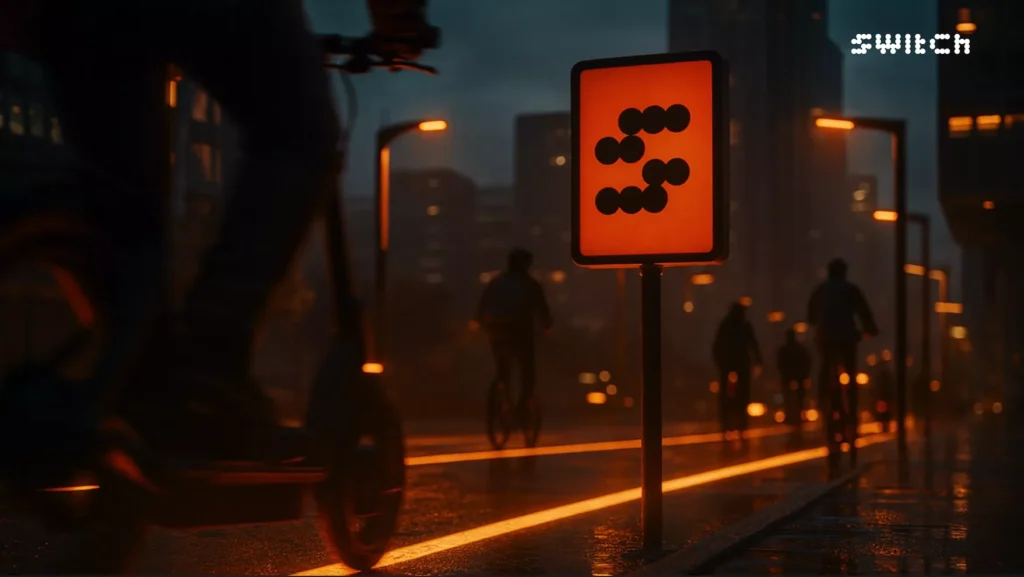
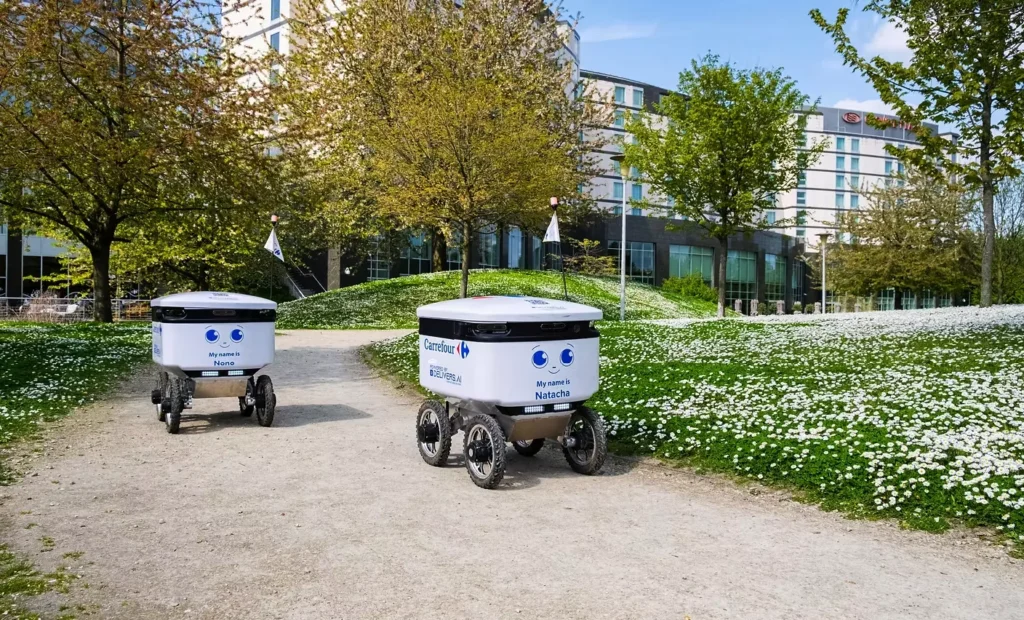
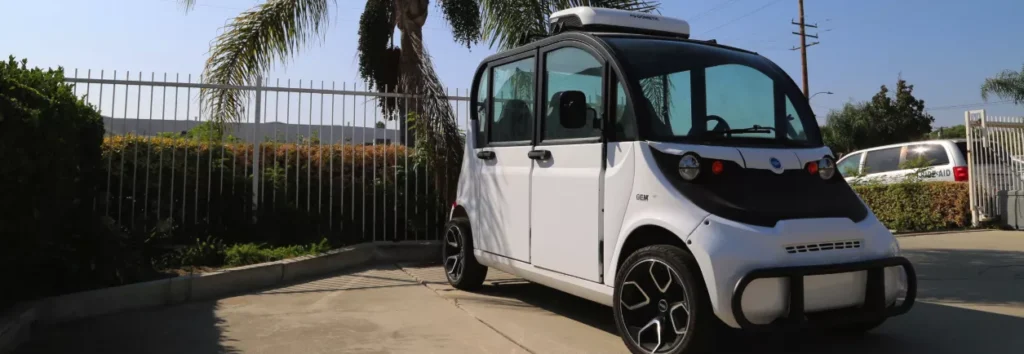
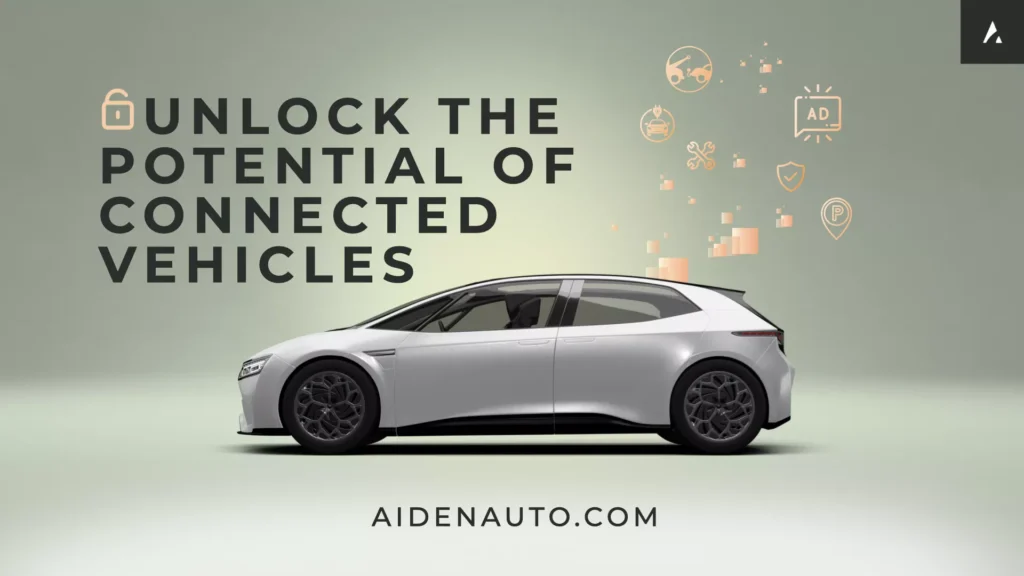





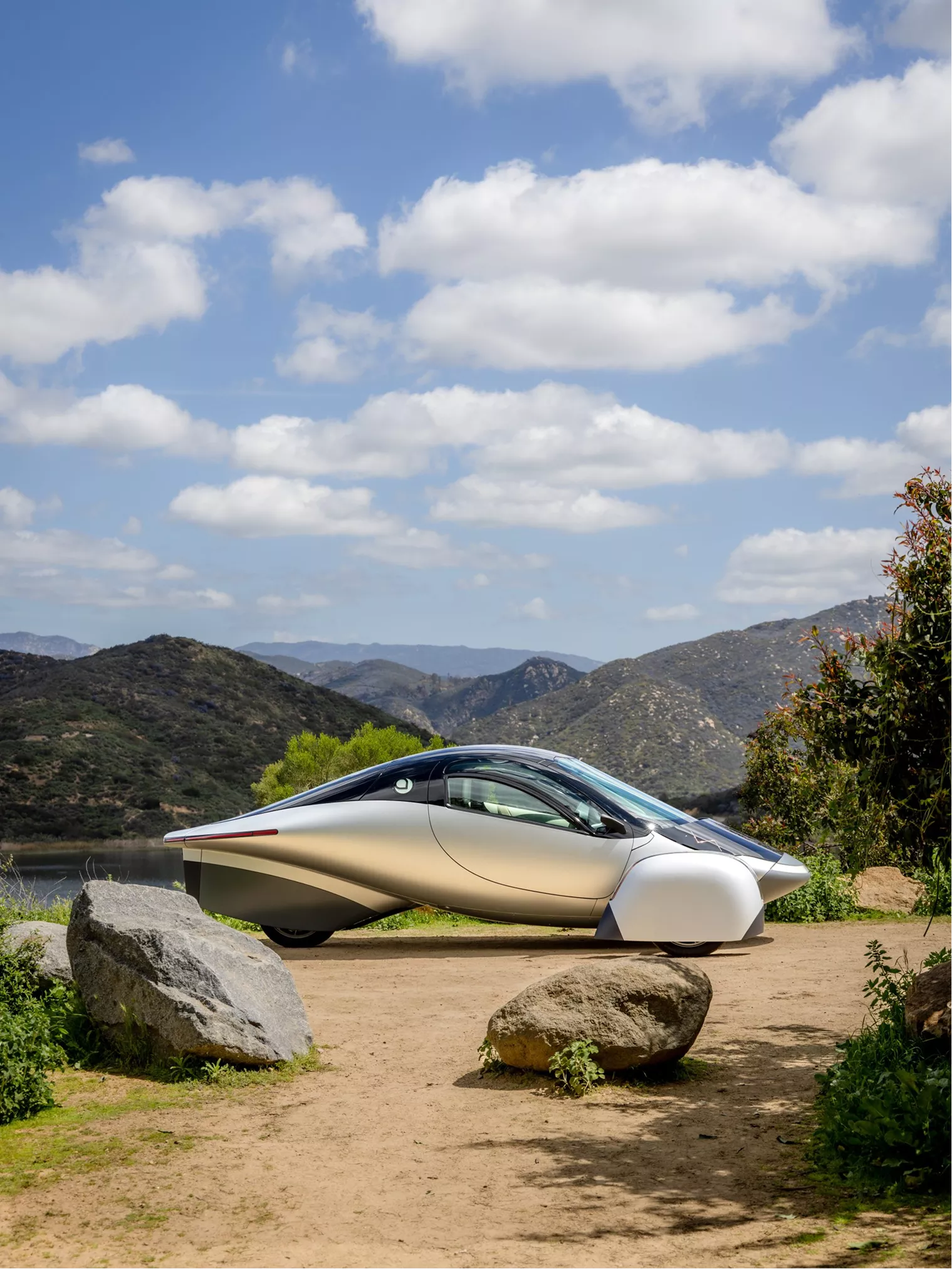
From EVs and batteries to autonomous vehicles and urban transport, we cover what actually matters. Delivered to your inbox weekly.
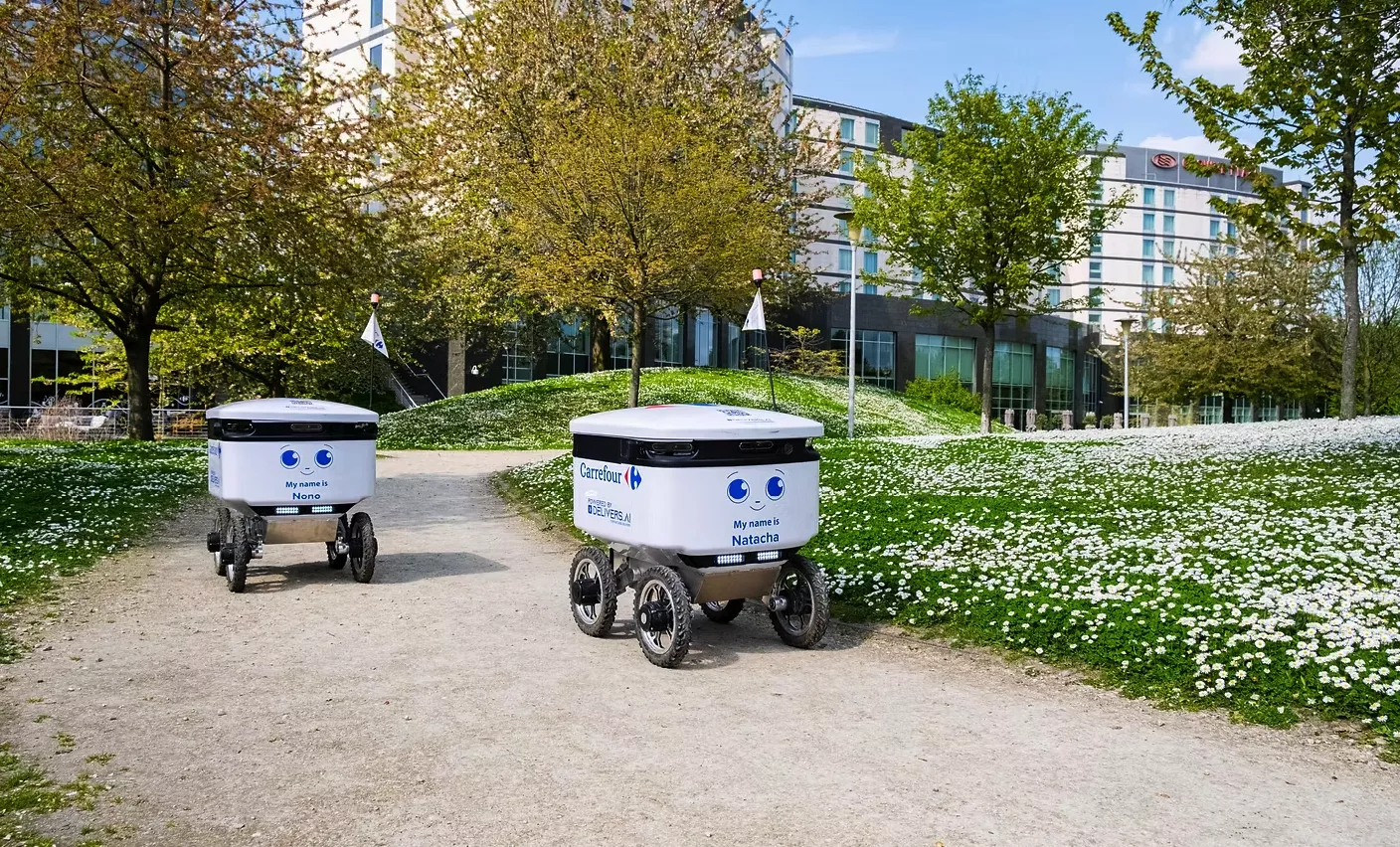
The idea of robots bringing your groceries or takeout has been around for years, but in most cities, it’s still just that – an idea. Countless startups have promised autonomous delivery, only to get stuck in pilot mode or burn out trying to scale expensive tech.
Delivers.ai is one of the rare exceptions. Since launching in 2020, the company has quietly logged over 100,000 real deliveries across Europe and the UK. And we’re talking busy, everyday streets.
Their approach is refreshingly grounded. Instead of building futuristic machines that cost a fortune, Delivers.ai combines smart software, affordable hardware, and human oversight to make autonomy work in the real world.
The result is a delivery system that feels less like a science experiment and more like infrastructure. It’s reliable, repeatable, and ready for cities that want to cut traffic and emissions without waiting for distant breakthroughs.
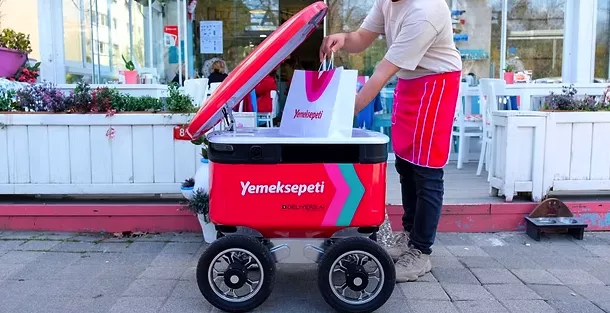
Behind Delivers.ai are two engineers who decided to take a practical route to autonomy – Ali Kutay Yarali and Oral Yiğitkuş. The pair met at Koç University in Istanbul, bonded over robotics and logistics, and shared the same frustration – last-mile delivery was broken, and every “autonomous” solution seemed over-engineered and overpriced.
Yarali came from a background in startups and manufacturing, with a reputation for turning early-stage ideas into scalable products. Yiğitkuş, a software and computer-vision expert, had spent years developing real-time navigation systems. Together, they launched one of the most promising autonomous delivery startups to date.
Delivers.ai started in Turkey, where they prototyped the first fleet using off-the-shelf components and a lean engineering approach. Within a year, they were already testing in the UK and the EU, choosing real streets instead of lab environments to prove the system could handle unpredictable urban life.
From day one, their mission was to make delivery robots cheap and reliable enough to scale – just like any other logistics asset. And that pragmatic mindset still defines the company today.
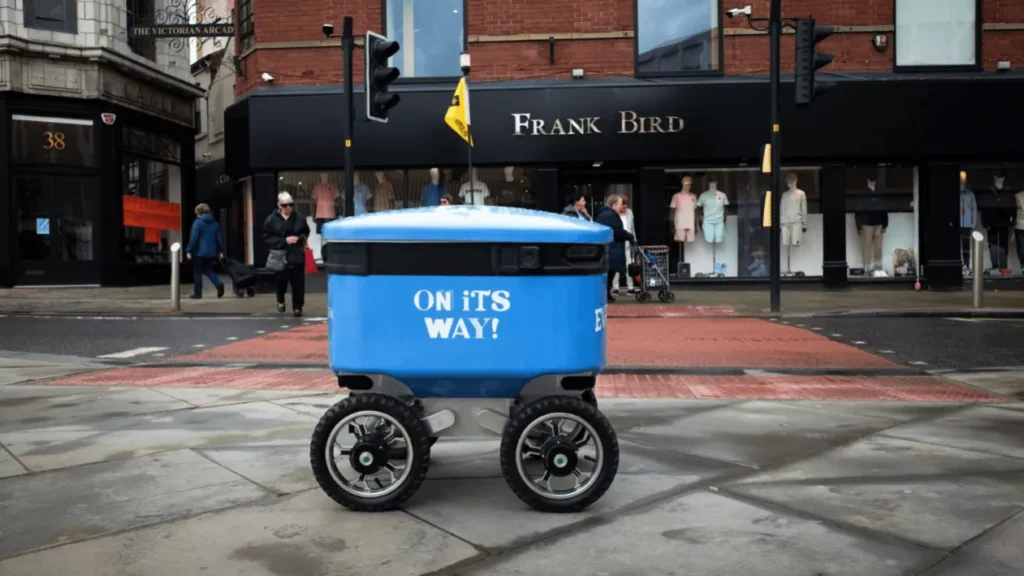
Most delivery robots depend on LiDAR sensors – precise but pricey hardware that makes each unit cost tens of thousands of euros. Delivers.ai took a different path. Their robots navigate using camera-based vision and sensor fusion, blending visual input with GPS and motion data to understand their surroundings.
Think of it like this: instead of mapping every inch of the world in 3D, the robot learns to recognize what’s around it – curbs, people, crosswalks – and moves safely through normal city environments. It’s a clever approach that keeps costs low without sacrificing accuracy.
Every robot is also connected to a tele-operations system, where trained operators monitor multiple units at once. If something unexpected happens – a blocked sidewalk, a heavy crowd, a confused pedestrian – a human can take over in seconds.
This mix of AI navigation and human oversight is what makes Delivers.ai’s model work. It’s not autonomy for autonomy’s sake. It’s a balanced, scalable system that can operate indoors or outdoors, day or night, and do it safely – all while staying affordable enough to actually deploy at scale.
For many robotics startups, a “pilot” means a closed campus test with a few photo ops. For Delivers.ai, it means real customers, real deliveries, and real partners. Thousands of times over.
The company has already worked with Carrefour, SPAR, Glovo, Delivery Hero, and EVRi, quietly crossing the 100,000-delivery mark across Europe and the UK. Each project has added something new: data, feedback, and proof that their model scales beyond controlled environments.
In Madrid, Delivers.ai ran Spain’s first city-center robot delivery trial in partnership with Glovo and Goggo Network, completing grocery orders from local stores to customers just blocks away. The test showed that autonomous delivery could coexist with pedestrians, cyclists, and curbs full of parked cars.
Then came Istanbul Airport, where their indoor robots now handle deliveries within terminal zones, from retail to logistics support. And that’s a tough environment that requires safety, precision, and constant uptime.
Other pilots in the UK and Netherlands proved the same model works for parcels and restaurant orders, and with a new investment from Japan Post Capital, the company is gearing up for deployments in Japan and other Asian markets.
None of these were PR stunts. They were experiments that moved the technology forward and validated a simple truth – Delivers.ai’s robots work perfectly.
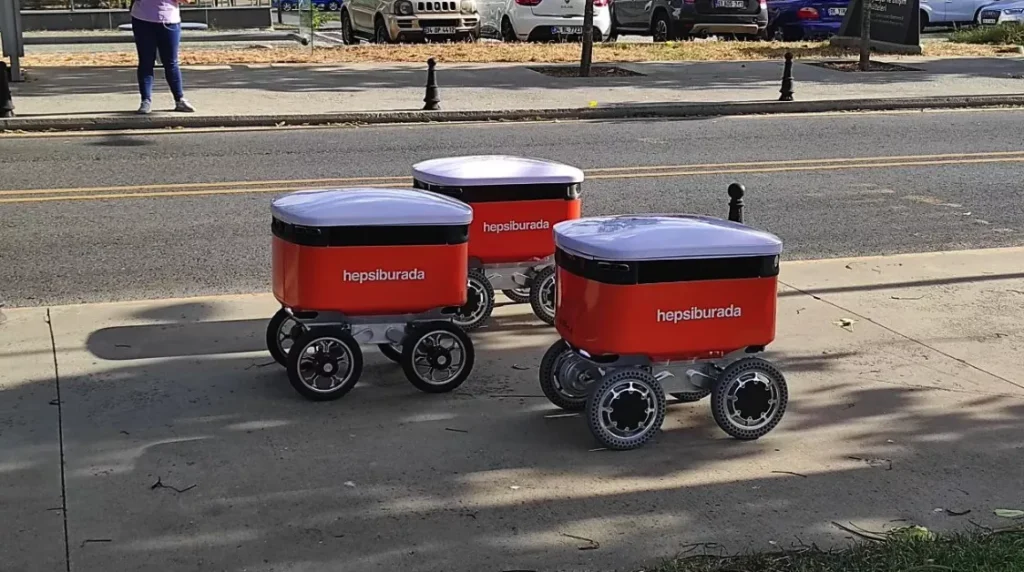
Delivers.ai doesn’t want to be known for a single machine, but power the whole delivery ecosystem behind it.
At its core, Delivers.ai is a software platform. Its system can connect and manage different types of delivery vehicles, from sidewalk bots to small vans, even future drone integrations – all through one cloud-based dashboard.
For clients like retailers or couriers, this means no new logistics tools and no big infrastructure changes. They can plug Delivers.ai directly into their existing systems using APIs, automatically dispatching robots, tracking orders in real time, and reviewing performance data without touching their day-to-day workflows.
That’s what makes their robot-as-a-service model so appealing. Businesses don’t need to buy or maintain hardware, they just subscribe to a delivery layer that keeps getting smarter with every trip. It’s a clean, scalable way to bring autonomy into the real world without rewriting how delivery works.
Behind Delivers.ai’s quiet progress is a network of heavyweight supporters who see where this is heading. In 2024, the company raised fresh funding at a $36 million valuation, bringing its total investment to roughly $4 million. A pretty solid milestone for a still lean operation.
The round brought in Japan Post Capital, Turkey Development Fund, Istanbul Technical University, Plug and Play Ventures, and Impetus Capital – a mix that combines institutional, corporate, and strategic investors.
Each one adds something different – Japan Post brings scale and logistics expertise, Turkey Development Fund and ITU anchor the company’s R&D roots, while Plug and Play connects Delivers.ai to the wider smart mobility ecosystem.
The funding is now fueling production expansion in Bulgaria, where the company plans to scale manufacturing and new market entries in Japan, South Korea, and Saudi Arabia.
It’s a sign that investors aren’t betting on a distant vision, but backing a company already delivering results and building the infrastructure for the next phase of urban logistics.
In the race toward autonomous delivery, many startups have gone big – expensive sensors, proprietary hardware, and massive fleets. Delivers.ai went the other way.
Their approach is built on cost discipline and modular tech. The robots don’t need high-end LiDAR units, custom road networks, or expensive cloud infrastructure to function. They use cameras, smart software, and human oversight, making autonomy affordable instead of exclusive.
That simplicity is the strategy. It means their model can work in crowded European cities just as easily as in airports or shopping centers. It can be copied, scaled, and supported without millions in infrastructure spending.
While others try to perfect autonomy in theory, Delivers.ai is proving it in practice, one low-cost, real-world delivery at a time.
Below, you can see just how simple the delivery works in real-life.
Delivers.ai has already proven its technology, and now it’s focused on proving its impact. With pilots running across Europe and Asia, and production scaling in Bulgaria, the next step is integration at scale.
Each successful rollout builds more trust with city planners, retailers, and logistics partners who are under pressure to decarbonize and cut costs. Governments are tightening emissions targets, delivery companies are running out of drivers, and cities are struggling to manage curb space. Delivers.ai’s system fits neatly into all three challenges – it’s cleaner, cheaper, and easier to deploy.
The company isn’t out to replace couriers. It’s building the tools that help them work smarter – automating short, repetitive routes so humans can focus on longer, higher-value trips. That’s how autonomy gains real traction. Not by replacing people, but by filling the gaps where efficiency and sustainability overlap.
If Delivers.ai continues on this trajectory, its robots will quickly become a crucial part of the invisible infrastructure powering everyday logistics in modern cities.
Autonomous delivery has never really been about replacing people. The real goal is to remove friction. The inefficiencies that clog up cities, waste time, and inflate costs are what Delivers.ai is quietly solving for.
The company is tackling the dull, practical parts of logistics – the “last 500 meters” where human effort is wasted and margins disappear.
By focusing on cost, context, and collaboration, Delivers.ai is proving that meaningful innovation doesn’t always come from billion-dollar labs. Sometimes it comes from small teams who understand the ground-level reality of delivery.
So, if you see a small white robot rolling past you, it’s not a prototype or a stunt. It’s Delivers.ai, out there doing what everyone else is still pitching.